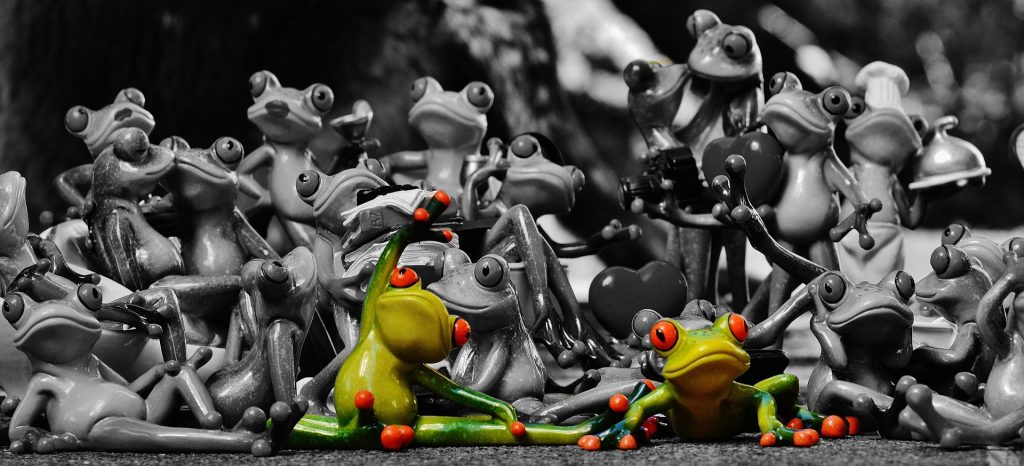
Your two options are clear.
It’s agonizing. You either go to your friend’s party or visit your grandmother for her birthday. There’s no way around it. Those are the only two options. You’ve spent hours weighing the pros and cons. You’re so caught up in trying to make the decision, you fail to realize you could easily go to both if you just go for part of each event.
You go to school or you start a career. You quit your job or you start a business. Sound familiar? Often, we break out events, conditions, and decisions as binary – there are only two possible options. This makes it clear in our minds, but the world doesn’t often work this way. Many times, there are a multitude of options in any scenario if we take the time to brainstorm creative solutions.
Are there really only two options?
Like the party example above, we like to reduce our options as much as possible. When we get down to two (or maybe three or four in extreme circumstances) it becomes easier to list out all the pros and cons, but shuts down our creativity. Often, the two options we narrow down aren’t the most ideal.
Let’s use going to college as an example. Many students exiting high school firmly believe they either graduate with a scholarship and go to college or start their careers without a degree. For many, they feel this is the only set of choices, but is it really? It’s not like college has a finite window, not to mention there is any range of pacing you could take for college. What about going part time and full time work? What about looking for scholarships? Or taking out loans? Maybe looking for a program that has internships integrated? Or an employer that will help pay for school after a year. There are many paths to the same outcome.
Finding more opportunities.
Even scenarios that seem binary often aren’t – you either got the job or you didn’t, right? Not exactly. Even in scenarios like that you can continue to deploy resources to change the outcome. Maybe you send a follow up email asking what you should work on. Later, that sways someone’s opinion and you’re hired. Maybe you send a follow up letting them know it’s an opportunity you’d be excited to work on if they’d like to reconsider. They do and you’re hired.
There are only a handful of scenarios where there are actually only two outcomes. At the end of time during a soccer game, the final score is the final score. At that point it’s set. You won or lost and the event is over and in the past. For the most part though, there are plenty of additional opportunities we can act on if we just look for them.
How to break free of binary choices.
If you’re having a hard time breaking free of binary choices, integrate others into the picture. The next time they have a problem between two choices, brainstorm to see if there’s other options. Vice versa, when you have a problem, ask those around you to see if they can help you brainstorm ideas. When you ask them to help you make sure you say you’re looking for additional options. They’ll naturally evaluate between your first two options as well, but when you ask them to brainstorm it will open up their creativity. Doing this repetitively will train your brain to look for more options.
Stretch your creative problem solving muscles and see what solutions you can come up with. There are almost always other solutions to your problems and decisions, if you think hard enough. As you practice it will get easier to identify when you’re giving yourself false dichotomies of choice. This will open up many opportunities for you to increase happiness and influence your world!
Exercise:
-
Reflect on a past choice you thought was binary, were there other options?
-
Find an upcoming choice in your life that you feel is binary. Then, brainstorm other solutions
